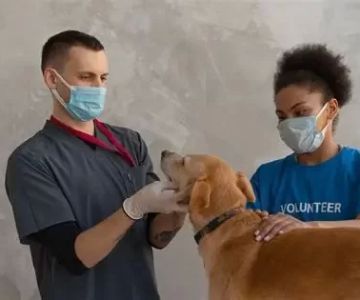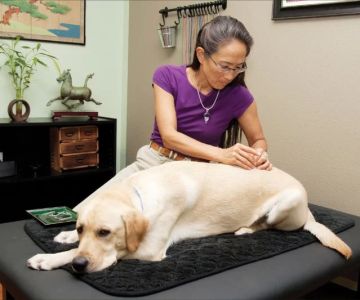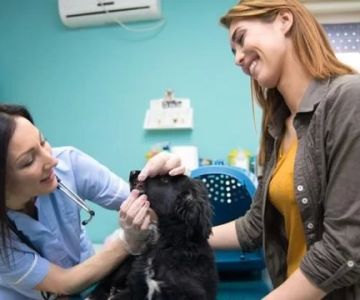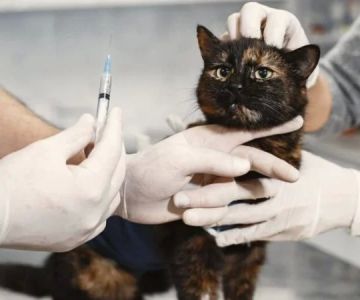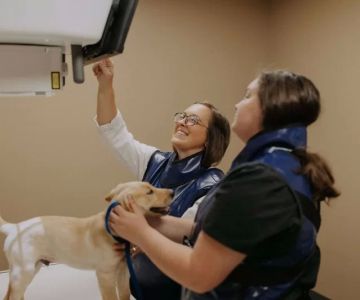How to Get a Veterinary Technician Certification: A Complete Guide
- 1. Why Become a Veterinary Technician?
- 2. Education Requirements for Veterinary Technicians
- 3. Steps to Get Your Veterinary Technician Certification
- 4. Preparing for the Veterinary Technician Certification Exam
- 5. Real-Life Stories from Certified Veterinary Technicians
- 6. Career Prospects for Veterinary Technicians
- 7. How to Start Your Journey Towards Certification
1. Why Become a Veterinary Technician?
Veterinary technicians play a vital role in animal healthcare. They assist veterinarians with medical procedures, perform diagnostic tests, and provide patient care. The demand for qualified veterinary technicians is growing, especially in areas with a high concentration of pet owners. If you're passionate about animals and want to make a tangible impact in their lives, becoming a veterinary technician could be a fulfilling career choice.
2. Education Requirements for Veterinary Technicians
To become a veterinary technician, you need to complete a formal education program in veterinary technology. Most programs are offered at accredited community colleges or technical schools and typically take 2-4 years to complete. The program includes coursework in anatomy, pharmacology, and animal care, along with hands-on clinical training.
Choosing an accredited program is crucial for ensuring the quality of your education and eligibility to sit for certification exams. Accreditation by the American Veterinary Medical Association (AVMA) ensures that the program meets industry standards and provides the necessary training for you to become a skilled veterinary technician.
3. Steps to Get Your Veterinary Technician Certification
Once you've completed an accredited veterinary technology program, the next step is certification. In the United States, certification is offered through organizations such as the American Association of Veterinary State Boards (AAVSB) and may vary depending on the state you live in.
The general steps for certification include:
- Complete an accredited veterinary technology program.
- Pass the Veterinary Technician National Examination (VTNE), which assesses your knowledge in veterinary medicine.
- Meet any state-specific requirements, such as background checks or additional coursework.
- Submit your application to the certifying body, such as the AAVSB.
4. Preparing for the Veterinary Technician Certification Exam
Preparing for the VTNE is a crucial part of earning your certification. The exam covers a wide range of topics, including animal nursing, diagnostic imaging, and anesthesia. Study materials such as review books, practice exams, and online resources are widely available to help you prepare.
Many programs also offer exam prep courses, which can be beneficial if you're looking for more structured guidance. It's important to dedicate sufficient time to studying, as the VTNE is a comprehensive exam that requires both knowledge and practical application of veterinary practices.
5. Real-Life Stories from Certified Veterinary Technicians
To better understand what it's like to work as a certified veterinary technician, let's take a look at some personal stories from those who have walked the path:
"Becoming a veterinary technician was a challenging but rewarding experience. The certification exam was tough, but it was all worth it when I was able to help animals and provide support to my team. My job is not just a career; it's a passion!" – Emily, Certified Veterinary Technician
Emily's story highlights the fulfillment that comes with becoming a veterinary technician. Her certification allowed her to enter a profession where she can make a difference every day.
6. Career Prospects for Veterinary Technicians
The career outlook for veterinary technicians is very positive. As the pet industry continues to grow, the demand for skilled professionals in animal healthcare is expected to increase. According to the U.S. Bureau of Labor Statistics, the job outlook for veterinary technicians is expected to grow by 16% from 2019 to 2029, much faster than the average for all occupations.
Certified veterinary technicians can work in a variety of settings, including animal hospitals, private veterinary practices, research labs, and zoos. The versatility of the role and the increasing demand for animal care professionals make it a promising career path.
7. How to Start Your Journey Towards Certification
If you're ready to start your journey towards becoming a certified veterinary technician, the first step is to research accredited programs in your area. Consider factors such as location, cost, and the reputation of the program. Once enrolled, stay focused on completing your coursework and gaining hands-on experience during your clinical training.
Preparing for certification exams may seem daunting, but with the right resources and dedication, you can achieve your goal. The veterinary technician certification process may take time and effort, but it will open doors to a rewarding career in animal healthcare.
If you're looking for the best veterinary technician programs or certification resources, make sure to explore trusted websites and contact your local veterinary associations for guidance. Take the first step today, and you'll be on your way to a fulfilling career as a certified veterinary technician.

